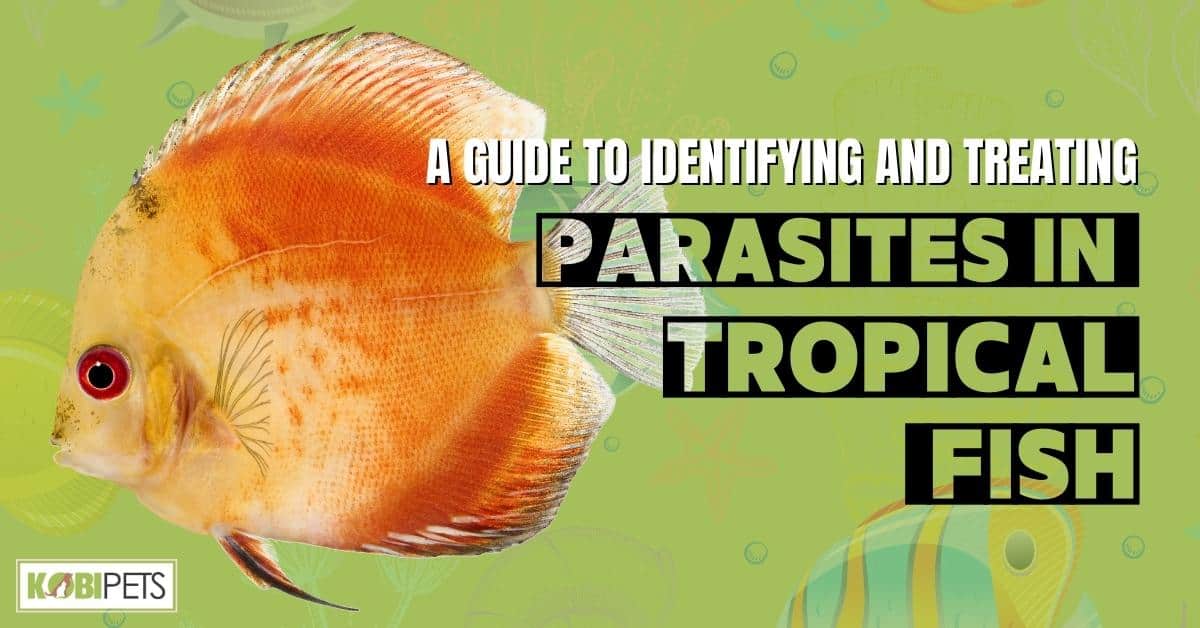
Keeping tropical fish as pets is a beautiful and rewarding hobby, but sometimes it can be difficult to figure out how to keep your fish healthy and thriving. One challenge that many fish owners face is learning how to identify and treat parasites in their exotic fishes.
Identifying and treating parasites in tropical fish is crucial to maintaining their health and well-being. With proper knowledge of common parasites, their symptoms, and treatment options, fish owners can effectively prevent, diagnose, and treat parasite infestations.
Signs and Symptoms of Parasites in Tropical Fish
Parasites in tropical fish can cause a range of signs and symptoms, ranging from minor irritations to severe illness.
Understanding the common signs and symptoms associated with parasitic infections is essential for the early detection, prevention, and proper treatment of these illnesses.
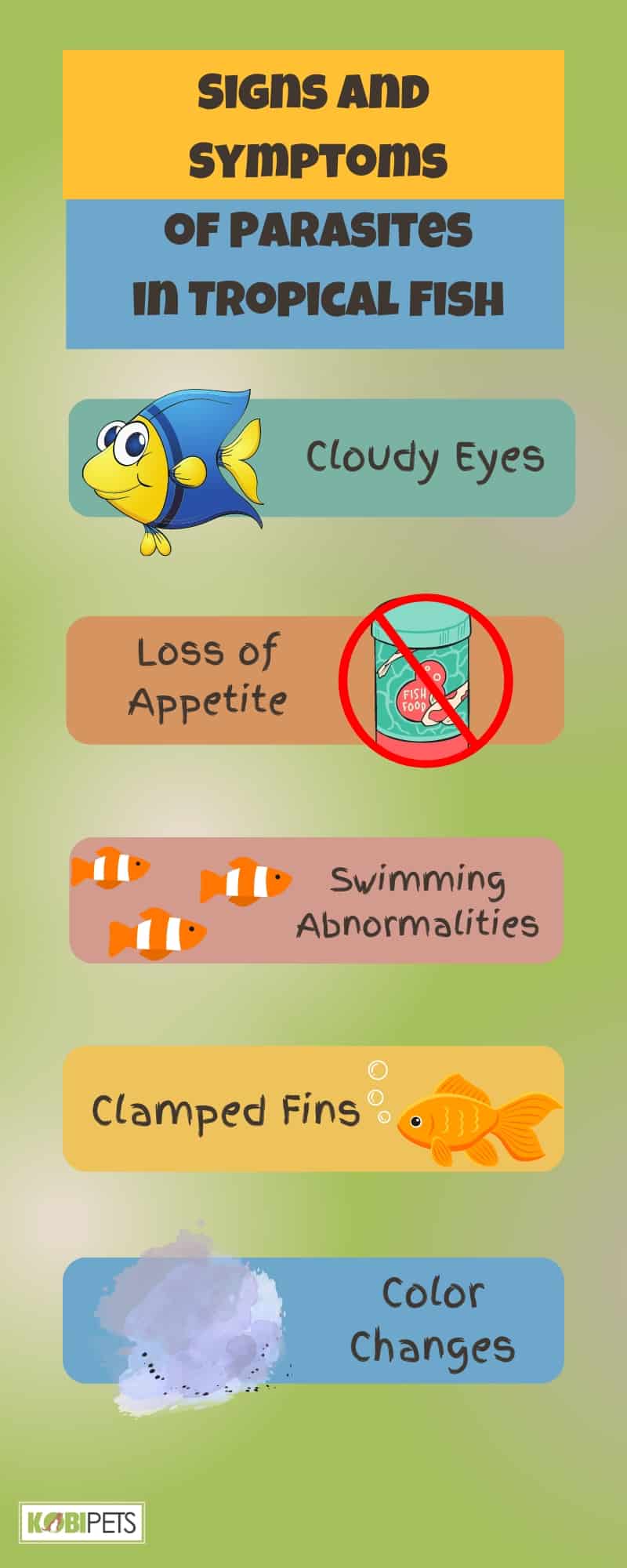
Signs and Symptoms of Parasites in Tropical Fish Infographic
- Cloudy Eyes: Cloudy eyes can be a sign of an infectious parasite, such as Ichthyophthirius multifiliis (Ich). This is also sometimes referred to as “white spot disease,” due to the white spots that appear on the fish’s body when infected.
- Loss of Appetite: A loss of appetite can be a sign of a parasitic infection, as well as other health issues. If your fish is not eating or acting lethargic, it is important to have them examined by a qualified veterinarian immediately.
- Swimming Abnormalities: Changes in swimming behavior such as erratic movements, listless behavior, or labored breathing can all be signs of a parasitic infection.
- Clamped Fins: Clamped fins, which occur when fish tuck their fins close to their body, is often indicative of a parasite-borne illness. If you notice your fish clamped more than usual and/or refusing to eat, it could be a sign of an infection.
- Color Changes: A change in color can indicate the presence of parasites in tropical fish, especially if there are also other signs and symptoms such as loss of appetite or clamped fins present.
- Skin Lesions: Parasites can cause visible lesions or sores on a fish’s skin, which can be accompanied by signs such as clamped fins or color changes. It is important to have a fish with visible lesions examined immediately by a qualified veterinarian.
Common Parasites Found in Tropical Fish
There are several common parasites that can infect tropical fish. These parasites can cause a range of health problems, from mild irritation to severe illness and even death. Identifying and treating parasites is essential to maintaining the health of your fish.
Here are some of the most common parasites found in tropical fish, along with their symptoms and treatment options:
| Parasite | Symptoms | Treatment |
|---|---|---|
| Ichthyophthirius multifiliis (Ich) | White spots on body and fins, flashing (rubbing against objects) | Medications containing formalin, malachite green, or copper |
| Gyrodactylus sp. (Gyro) | Heavy mucus secretion, rapid breathing, loss of appetite, lethargy | Medications containing formalin, malachite green, or copper |
| Dactylogyrus sp. (Dactylo) | Scratching against objects, lethargy, loss of appetite, gasping for air | Medications containing formalin, malachite green, or copper |
| Trichodina sp. (Trich) | Irritated skin and gills, clamped fins, rapid breathing | Medications containing formalin, malachite green, or copper |
| Hexamita sp. (Hex) | White, stringy feces, loss of appetite, lethargy | Metronidazole medication |
| Costia sp. (Costia) | White, cloudy skin, lethargy, rapid breathing | Medications containing formalin, malachite green, or copper |
| Flukes (Trematodes) | Scratching against objects, lethargy, loss of appetite, gasping for air | Medications containing praziquantel or trichlorfon |
Prevention is also crucial in avoiding parasite infestations. Maintaining good water quality, feeding a balanced and varied diet, and avoiding overstocking can all help prevent the occurrence of parasites in tropical fish.
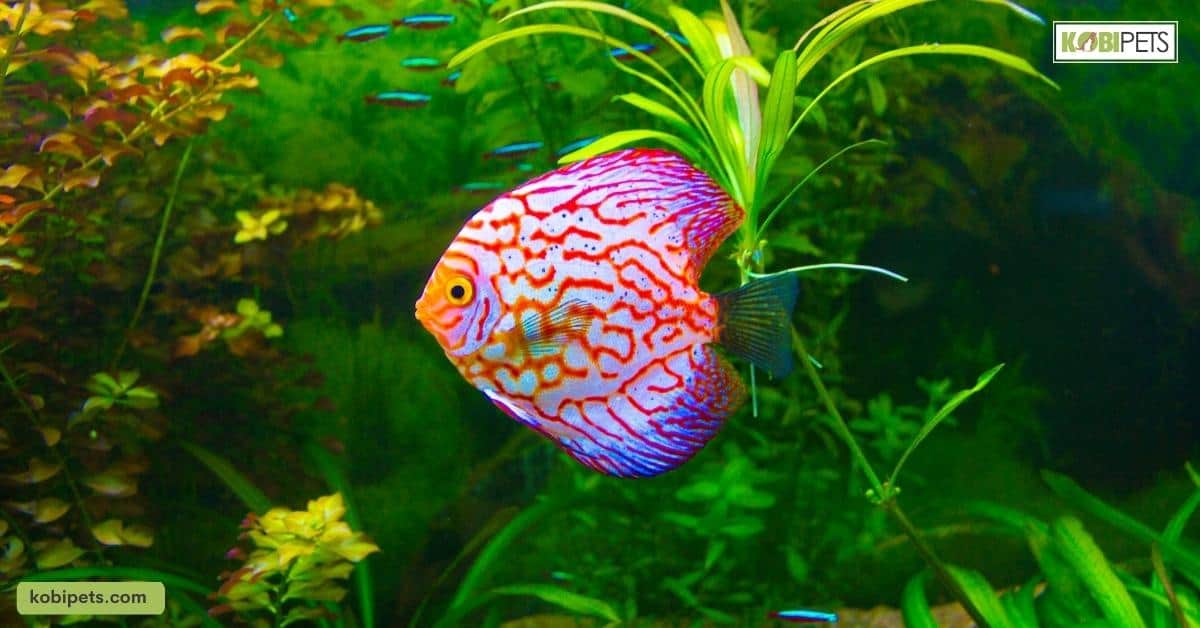
Diagnosis of Parasites in Tropical Fish
The diagnosis of parasites in tropical fish typically involves examining the fish for signs and symptoms such as cloudy eyes, loss of appetite, swimming abnormalities, clamped fins, color changes, and skin lesions.
If these signs are present, a qualified veterinarian may recommend additional testing such as a fecal exam or a gill biopsy.
- Fecal Examination: A fecal examination is the most common and reliable method for diagnosing parasitic infections in tropical fish, as it can detect parasites that may not be visible to the naked eye.
- Skin Scraping: A skin scraping of affected areas on a fish’s body can help diagnose certain types of parasites, such as flukes and anchor worms.
- Gills Biopsy: A gill biopsy can reveal the presence of a range of parasites, including nematodes, dinoflagellates, and protozoans.
- Blood Tests: Blood tests can detect the presence of certain parasites, as well as other underlying health conditions that may be causing signs and symptoms.
- X-Rays: X-rays can be helpful in diagnosing certain parasites, particularly those that affect the fish’s swim bladder.
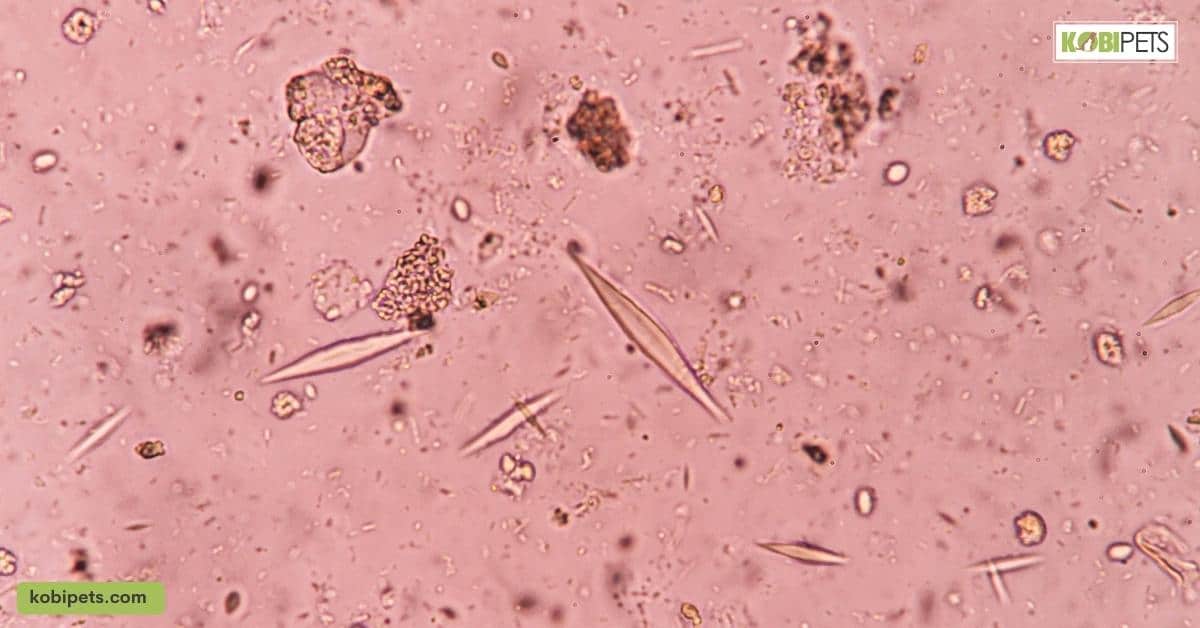
Treatment Options for Parasites in Tropical Fish
Parasites in tropical fish can be a common problem for aquarium owners. The most common parasites that affect tropical fish are Ichthyophthirius, Fish Lice, Anchor Worms, Flukes, Tapeworms, and other water molds.
These parasites can cause a variety of symptoms in the fish including clamped fins, white spots on the skin, and lethargy.
Treating parasites in tropical fish requires an understanding of the type of parasite present and the severity of the infection. In mild cases, it may be possible to treat with salt baths or freshwater dips.
For more severe cases, medications such as copper sulfate or formalin may be necessary to eradicate the parasite. It is important to follow all instructions carefully when using any medication as incorrect use could harm your fish.
In addition to medications, it is also important to maintain good water quality in your aquarium. Regular water changes will help reduce stress on your fish and prevent further infections from occurring.
Additionally, quarantine any new fish before introducing them into your tank to ensure they are not carrying any parasites or diseases that could spread to your existing fish population.
Preventing Parasites in Tropical Fish
Preventing parasites in tropical fish is essential for the health and well-being of your aquarium. Parasites can cause serious damage to your fish, so it is important to take steps to prevent them from entering your tank.
The first step in preventing parasites is to clean the aquarium regularly and remove any chemical filtration or UV sterilizers. Additionally, you should dose 1 teaspoon (5 ml) of PraziPro per 20 gallons of water. This will help to keep parasites away from your fish.
You should also create and stick to a strict aquarium cleaning schedule, perform water changes and tests on a weekly basis, and remove any dead or decaying matter from the tank.
Additionally, adding garlic guard and focus to the food can help boost the immune system of your fish and make them less susceptible to parasites.
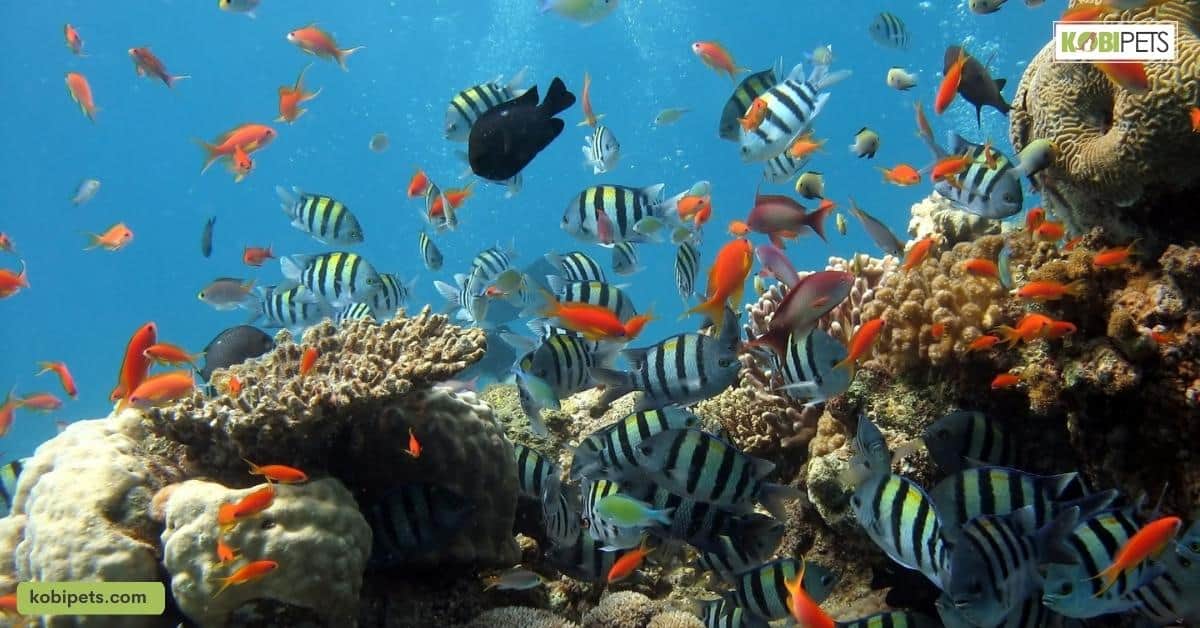
In conclusion
The goal of this guide is to provide tropical fish hobbyists with an understanding of common parasite types and their treatments. This resource helps aquarists take the necessary steps to safely identify and treat parasites in their tanks.
It goes without saying that prevention is key when it comes to controlling parasites, but this guide provides simple guidance when fish have been infected or infested to ensure humane and safe treatment for both the fish and other life present in the tank.



